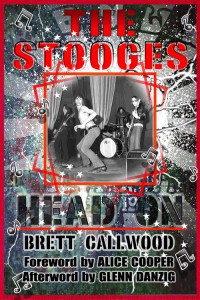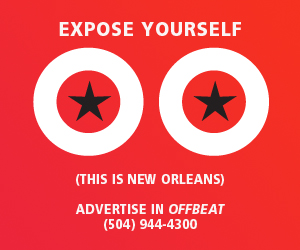 We’ve spent most of the last month dealing with Christmas, the February issue and the Best of the Beat. Here’s some of the stuff that landed on my desk that I really wanted to write about but couldn’t quite get to:
We’ve spent most of the last month dealing with Christmas, the February issue and the Best of the Beat. Here’s some of the stuff that landed on my desk that I really wanted to write about but couldn’t quite get to:
Oil and Water by Steve Duin and Shannon Wheeler: This graphic novel tells the story of a group from Portland visiting Louisiana to “bear witness” to the BP oil disaster, and the strength of the story is Duin’s attention to important ironies. One of the Portlandites, for instance, speaks of learning “essential lessons in history and humility” while filling five panels with speechifying before artist Shannon Wheeler draws his words fading away. The short chapters read well and get the disaster down to human scale – how did it and the movement of people as a result of it affect those living here? As a whole, though, it’s not as effective because Duin’s characters aren’t that distinctive and Wheeler’s art doesn’t help. They seem stuck between “bearing witness” themselves and telling a story, leaving Oil and Water somewhere in between.
 Dummy by RJ Wheaton: This book on Portishead’s debut album is one of the longer entries in Continuum Books’ 33 1/3 series, and it’s fascinating more because it feels like there are few of Wheaton’s musical interests that don’t find expression on Dummy than because the book itself is compelling. For me, the most engaging parts of the book are those that deal with the way hip-hop and DJ culture manifested themselves in England. Portishead’s Geoff Barrow was such a vinyl obsessive that the band would record parts, press them on vinyl, scuff and mar the vinyl, then sample that worn vinyl record to capture the texture and warmth of a needle in a groove. The book’s sprawl wore me out, and I suspect it still would have had I cared more about Portishead, but fans may well have a higher tolerance for exploring the worlds the album inhabits than I do.
Dummy by RJ Wheaton: This book on Portishead’s debut album is one of the longer entries in Continuum Books’ 33 1/3 series, and it’s fascinating more because it feels like there are few of Wheaton’s musical interests that don’t find expression on Dummy than because the book itself is compelling. For me, the most engaging parts of the book are those that deal with the way hip-hop and DJ culture manifested themselves in England. Portishead’s Geoff Barrow was such a vinyl obsessive that the band would record parts, press them on vinyl, scuff and mar the vinyl, then sample that worn vinyl record to capture the texture and warmth of a needle in a groove. The book’s sprawl wore me out, and I suspect it still would have had I cared more about Portishead, but fans may well have a higher tolerance for exploring the worlds the album inhabits than I do.
 The Stooges: Head On – A Journey Through the Michigan Underground by Brett Callwood: As a Stooges fan, I hoped for good things from Head On, but the book reads more like liner notes by a dedicated fan more than the product of a biographer. Callwood quotes extensively, dropping giant chunks of quotation in his narrative when they could and should be more judiciously edited and employed. As such, the story gets out, but it’s not crafted in a way that gives us a sense of the Stooges as people. You don’t feel any sense of tragedy or outrage or waste at the way the band’s career goes, but at least you know what happened. If anything, the long, loose quotations from the band members and their circle create a general air of slackness that might not be off base as you’re left wondering if the energy spent in the Stooges’ music was the only place their energy materialized.
The Stooges: Head On – A Journey Through the Michigan Underground by Brett Callwood: As a Stooges fan, I hoped for good things from Head On, but the book reads more like liner notes by a dedicated fan more than the product of a biographer. Callwood quotes extensively, dropping giant chunks of quotation in his narrative when they could and should be more judiciously edited and employed. As such, the story gets out, but it’s not crafted in a way that gives us a sense of the Stooges as people. You don’t feel any sense of tragedy or outrage or waste at the way the band’s career goes, but at least you know what happened. If anything, the long, loose quotations from the band members and their circle create a general air of slackness that might not be off base as you’re left wondering if the energy spent in the Stooges’ music was the only place their energy materialized.
After the Stooges’ break-up, Callwood glosses over Iggy’s career. That’s probably an omission as much due to not having contacts or cooperation from Iggy’s camp as it is the sense that it’s been covered, but it is nice to have a book that pays prolonged attention to the Asheton brothers and the rock ‘n’ roll Lego set that Detroit/Ann Arbor bands became as members of the Stooges and the MC5 formed new projects, played some gigs, then broke up and formed another one to make a few bucks. It’s all ripe stuff for a better book with more dramatic weight, but since we don’t have that book and may not now that Ron’s passed away, this may have to do.




